Nature vs. Nurture
Scientists have yet to unlock the mysteries of sexual orientation, but significant research is underway. Learn about investigations into the biology of sexual orientation.
Dee
Who is Dee?Hi! I’m here to help you explore a fundamental question: What determines sexual orientation — nature or nurture? Scientists have learned the answer begins with an understanding of the two core elements involved: biological sex (the parts we’re born with) and attraction (who we’re drawn to, romantically and physically). In this section, we’ll investigate what else scientists have learned about the roots of sexual orientation. Let’s dig in…
Scientists explore same-sex attraction
Can genetics help explain the origins of same-sex attraction? What other factors are at play? Learn about a variety of scientific approaches and why researchers believe same-sex attraction is a natural variation in evolution.
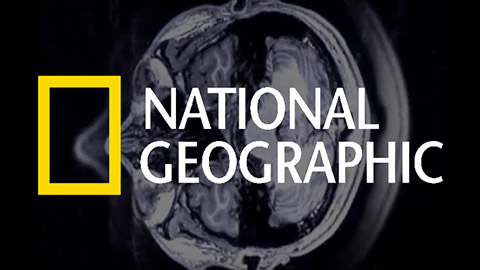
National Geographic explores the science of same-sex attraction
Twin studies reveal important clues to the biology of same-sex attraction.
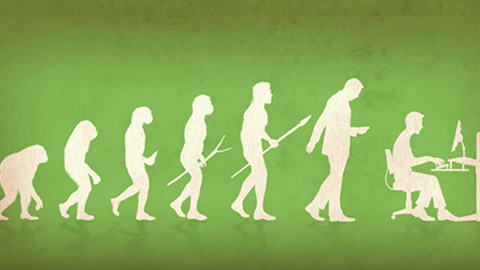
“Diversity is nature’s secret weapon”
Same-sex attraction occurs throughout history in every culture and even in many animal species.
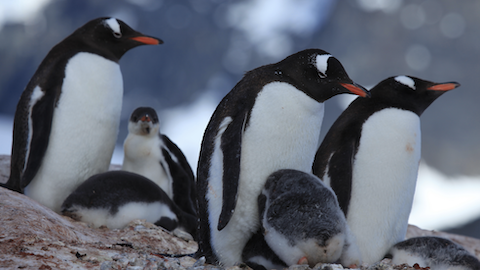
Birds of a feather
From a headline-grabbing couple at the Central Park Zoo to pairings around the world, the list of same-sex penguin couples goes on and on.
Controversies in science
Scientists face obstacles when it comes to researching the biology of sexual orientation.
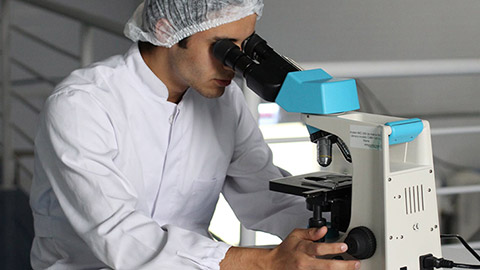
Challenges to research
Learn about the challenges scientists face and why they are committed to their work.
Effects of social environments
Is it nature or nurture? These articles offer a peek into some of the research exploring the role of biology vs. society in shaping sexual identity.

Can society make people gay?
Scientists dispute social hypotheses.
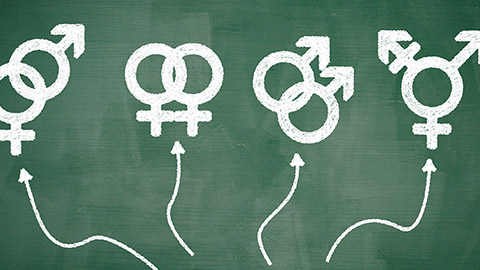
A “near-perfect, quasi experiment”
A “near-perfect quasi-experiment” highlights the role of nature in shaping heterosexual attraction in men.

Denied access
Most Americans oppose book banning and other forms of censorship. So why are efforts to limit students' access to information on LGBTQ+ identities suddenly on the rise?
Our genes
Learn more about the role of genetics in shaping same-sex attraction.
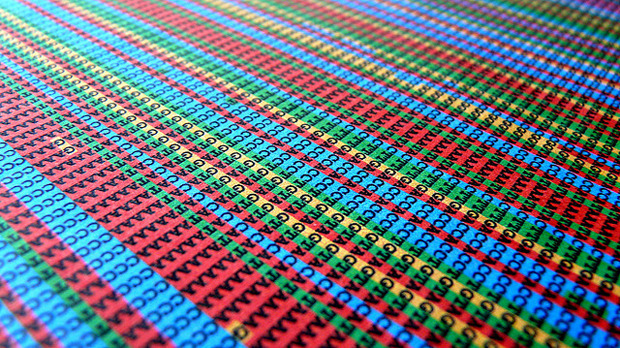
Genetics of Sexuality
Is there a "gay gene"? No. But genes do play a role in shaping sexual orientation. Learn about the findings from a massive study with nearly 1/2 million participants.
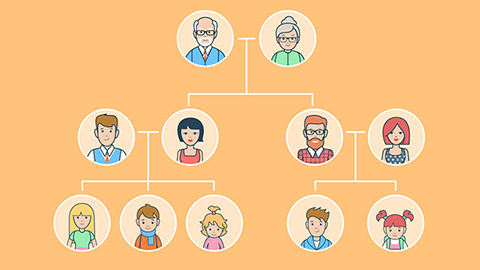
Band of brothers
Explore what scientists are learning from studying same-gender siblings and twins.
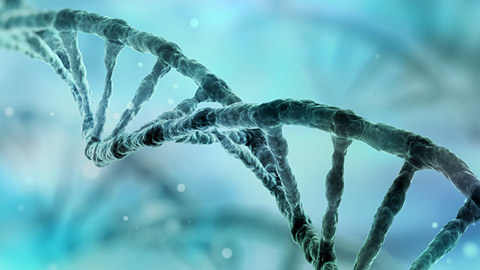
Nature meets nurture in the field of epigenetics
Learn about epigenetics and how it relates to research on sexual orientation.

Evolution partially explained
Learn about the research tracking how gay traits exist throughout family generations.
Hormones explored
Differences in hormone development have emerged as a key area of research on same-sex attraction for both men and women.
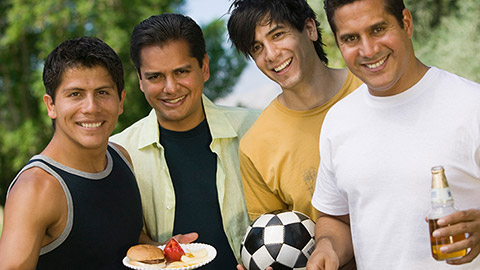
Fraternal birth order linked to same-sex attraction in men
Scientists have discovered that having older brothers increases the odds of a man being gay.
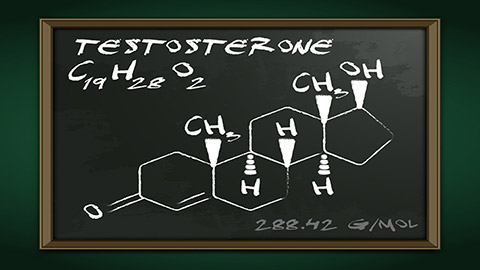
The role of hormones explored
Scientists believe that hormonal differences may influence sexual orientation.
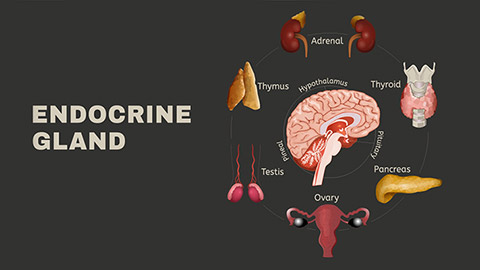
Endocrine disorders linked to same-sex attraction in some women
Congenital adrenal hyperplasia (CAH) causes an overproduction of masculinizing hormones.
Glossary
Asexual
(Adj.) Describes a person who does not experience any form of sexual attraction. People who identify as asexual may or may not experience emotional, physical, or romantic attraction. Asexuality is a sexual orientation distinct from a chosen behavior such as celibacy or sexual abstinence. Learn More
Attraction
(Noun) A feeling of interest in another person. Attraction can take different forms, including sexual, romantic, physical, emotional, and aesthetic attraction. Individuals may experience just one or multiple types of attraction for another person. Learn More
Bisexual
(Adj.) Refers to the sexual orientation of a person who experiences sexual, romantic, and/or emotional attraction to persons of more than one gender, not necessarily equally or at the same time, in the same way, or to the same degree. Also known as "bi". Distinct from pansexual, which refers to the capacity to be attracted to persons regardless of gender identity. Learn More
Gay
(Adj.) Describes the sexual orientation of persons who are emotionally, sexually, and/or romantically attracted to persons of the same sex/gender. While the term is most often used to describe men, it can also be used more broadly to refer to both men and women (i.e., gay man, gay woman, gay people). Learn More
Gender Affirming Surgery (GAS)
(Noun) Surgical procedures that allow persons to match their physical bodies to their gender identity. These procedures can include “top surgery” (e.g. reshaping a chest or providing breast augmentation) and/or “bottom surgery” (e.g. reshaping genitals). Also referred to as gender-confirming surgery, gender reassignment surgery or medical transition. Learn More
Heterosexual / Heterosexuality
(Adj.) (Adj./Noun) Describes a primary or exclusive sexual, emotional, and/or romantic attraction to a gender other than one's own. Typically this means a woman who is primarily attracted to men and vice versa. Also referred to as "straight". Learn More
Homosexual / Homosexuality
(Adj./Noun) Describes a primary or exclusive sexual, emotional, and/or romantic attraction to one’s own sex/gender. The term is considered outdated by many in the LGBTQ+ community but is still used in some research contexts. Learn More
Lesbian
(Adj./Noun) Refers to the sexual orientation of women who are emotionally, sexually, and/or romantically attracted to women. Learn More
Sexual orientation
(Noun) Commonly used to refer to who we are or are not attracted to -- sexually, romantically, and emotionally--the relationships we have, and how we personally identify. Sometimes used more narrowly to refer to sexual attraction, behavior and identity. Attraction and behavior do not always define a person's sexual orientation. (e.g. a man who has sex with men may not identify as gay). Learn More
Straight
(Adj.) Another term for heterosexual. Refers to the sexual, emotional, and/or romantic attraction to a gender other than one's own. Typically this means a woman who is primarily attracted to men and vice versa. Learn More
Explore More Topics
Citations & Sources
Ashley, K. B. (2013). The science on sexual orientation: A review of the recent literature. Journal of Gay and Lesbian Mental Health, 17(2), 175-182. http://dx.doi.org/10.1080/19359705.2013.767179
Bailey, J.M., Vasey, P.L., Diamond, L.M., Breedlove, S.M., Vilan, E. & Epprecht, M. (2016). Sexual orientation, controversy, and science. Psychological Science in the Public Interest, 17(2), 45-101. https://journals.sagepub.com/doi/pdf/10.1177/1529100616637616
Blanchard, R. (2001). Fraternal birth order and the maternal immune hypothesis of male homosexuality. Hormones and Behavior, 40(2), 105-114. https://doi.org/10.1006/hbeh.2001.1681
Bogaert, A.F. (2006). Biological versus nonbiological older brothers and men's sexual orientation. Proceedings of the National Academy of Sciences of the United States of America, 103(28), 10771-10774. doi:10.1073/pnas.0511152103
Burton, N. (2015, September 18). When homosexuality stopped being a mental disorder. Psychology Today. https://www.psychologytoday.com/blog/hide-and-seek/201509/when-homosexuality-stopped-being-mental-disorder
Cartwright, M. (2015, August 3). Where’s the scientific research into how sexual orientation develops in women? Slate. http://www.slate.com/blogs/outward/2015/08/03/sexual_orientation_in_women_why_so_little_scientific_r...
Epigenomics fact sheet. (2016, April 1). National Human Genome Research Institute. https://www.genome.gov/27532724/epigenomics-fact-sheet/
Gosh, D. (2009, February 4). National Geographic explains the biology of homosexuality [Video]. YouTube. https://www.youtube.com/watch?v=saO_RFWWVVA
Queen Mary, University of London. (2008, June 30). Homosexual behavior largely shaped by genetics and random environmental factors. Science Daily. www.sciencedaily.com/releases/2008/06/080628205430.htm
Reardon, S. (2015, October 8). Epigenetic 'tags' linked to homosexuality in men. Nature. http://www.nature.com/news/epigenetic-tags-linked-to-homosexuality-in-men-1.18530
Rice, W.R., Friberg, U., & Gavrilets, S. (2012). Homosexuality as a consequence of epigenetically canalized sexual development. The Quarterly Review of Biology, 87(4), 343-368. http://www.tiem.utk.edu/~gavrila/papers/h2.pdf
Sanders, A.R., Martin, E.R., Beecham, G.W., Guo, S., Dawood, K., Rieger, G., Badner, J., Gershon, E.S., Krishnappa, R.S., Kolundzija, A.B., Duan, J., Gejman, P.J., & Bailey, J.M. (2015). Genome-wide scan demonstrates significant linkage for male sexual orientation. Psychological Medicine, 45(7), 1379-1388. doi:10.1007/s12119-014-9233-6
TEDx Talks. (2016, November 15). Homosexuality: It's about survival - not sex- James O’Keefe-TedxTallaght [Video]. YouTube. https://www.youtube.com/watch?v=4Khn_z9FPmU&vl=en
Wolchover, N. (2012, June 11). Why are there gay men? Live Science. https://www.livescience.com/33987-gay-men.html
Wolchover, N. (2012, June 12). Why are there gay women? Live Science. https://www.livescience.com/33992-gay-women.html
